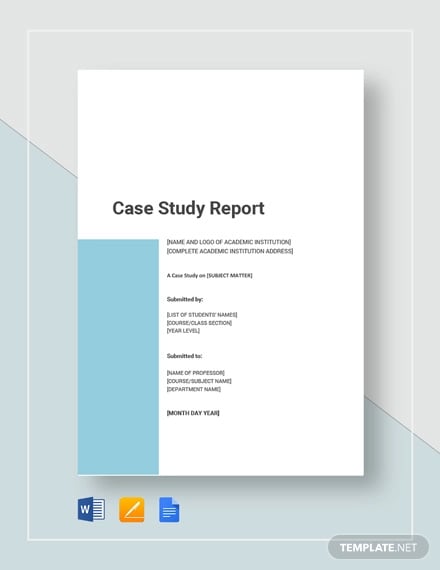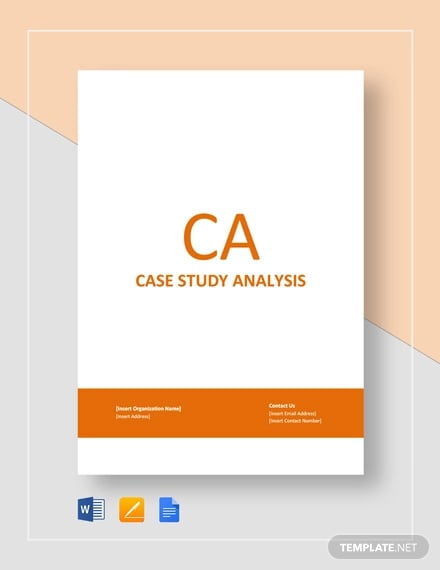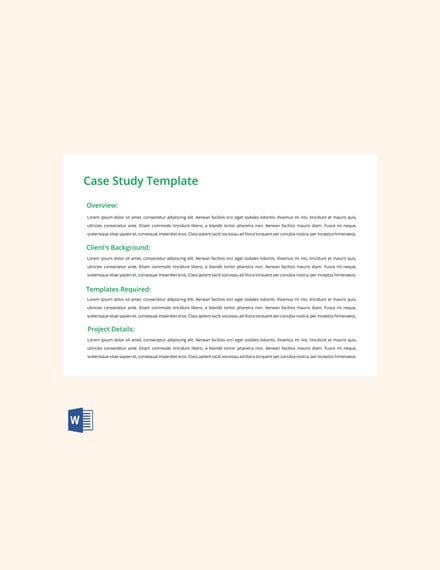19+ Case Study Templates – PDF, Docs, Word
Anyone can use a case study templates to conduct a collective study. The case template is free to download, so you don’t have to spend time creating it on your own. So, what exactly is the importance of this template? The template is designed to help you write a report about a person, a study, or an event as a whole. Remember that a case study cannot study a single entity or one person alone; it studies the behavioral changes of a group. You may like Business Case Templates.

Case Study Template Word
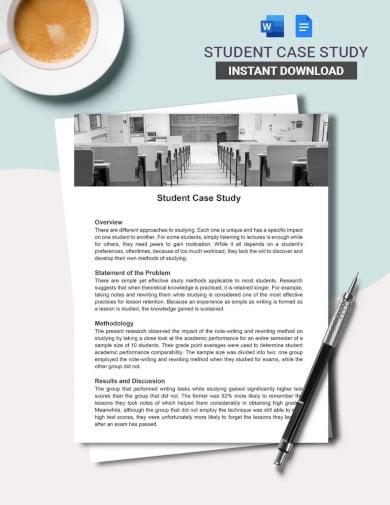
Simple Case Study Template Word
Case Study Sample PDF
Case Study Report Template Word
One Page Case Study Template Word
Construction Business Case Study Template
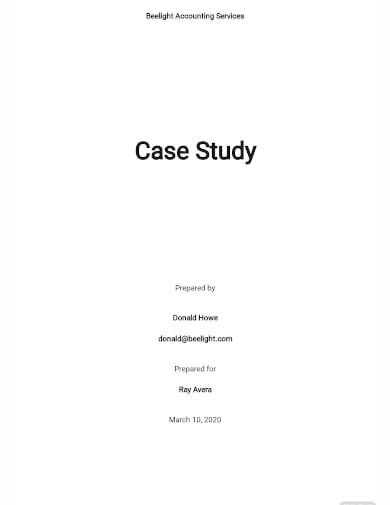
Free Graphic Design Case Study Research Template
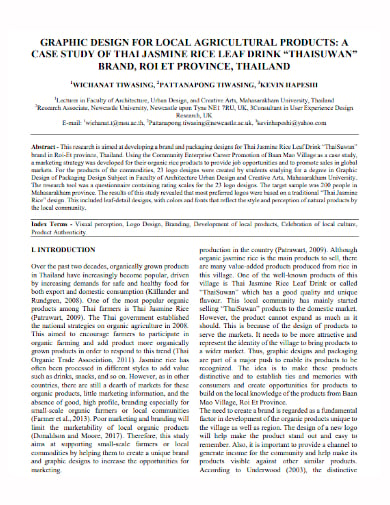 worldresearchlibrary.org
worldresearchlibrary.orgFree Ultimate Marketing Case Study Template
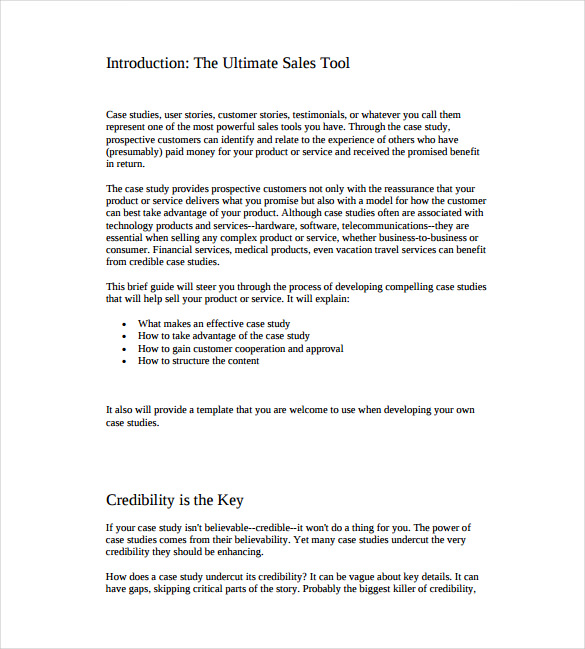 technologywriter.com
technologywriter.comThe ultimate case study examples to free download is a well-detailed sample study schedule template that will be the perfect guide to help you draft the best case study.
Free School Students Presentation Case Study Template
 gcumedia.com
gcumedia.com The student’s case study examples free download is a comprehensively detailed sample case study simple template which will be the best option when you are drafting a case study on nurses. You may also see Test Plan Templates.
Free Nursing Descriptive Case Study in PDF Format
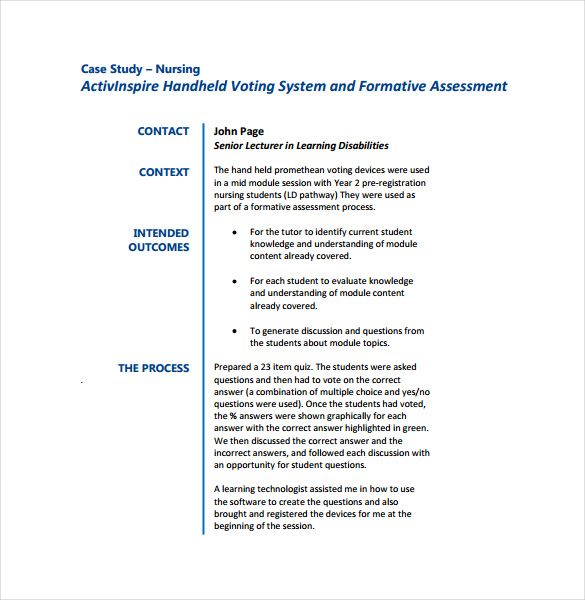 nile.northampton.ac.uk
nile.northampton.ac.uk The nursing case study PDF format template free is a well-designed and well-detailed sample case study template that uses a different design format to create the case study. You may also see Business Case in Word Templates.
Free Clinical UX Case Study Sample in PDF Template
 carestreamdental.com
carestreamdental.comThe clinical case study PDF template free download is an excellently designed sample case study template that is based on a case study on misdiagnosed maxillary sinusitis of dental origin.
Free IBM Mental Health Case Study in PDF Template
 himss.eu
himss.euThe IBM case study example PDF template free download is a very well-created sample case study template which will be perfect if you are using it to draft a case study on patient care. You can also see more on Case Study in Google Docs.
Free Memorial Hospital Private Equity Case Study Template
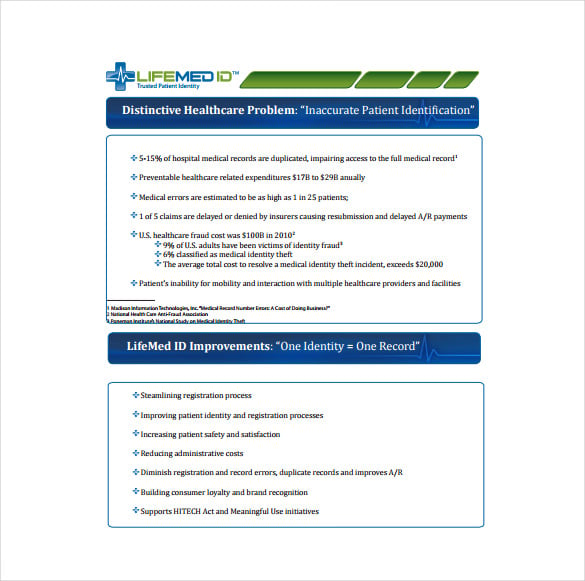 lifemedid.com
lifemedid.comInaccurate patient identification is a very important matter that requires constant research. If you are looking for a case study basic template, use the memorial hospital case study PDF format template free download. You can also see more on Case Brief Templates.
Free Citibank Short Case Study Sample in Word Format
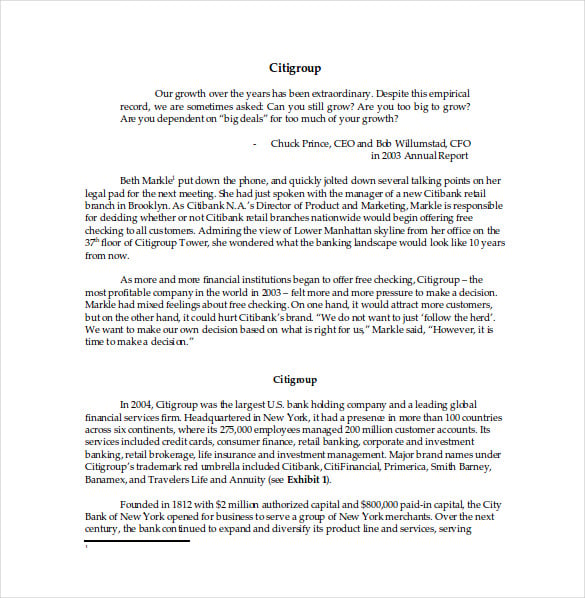 brown.edu
brown.edu The Citibank case study word template free download is a comprehensive and well-detailed sample case analysis that will be the best option for you to draft the case study.
Free Basic Psychology Phase One Page Case Study
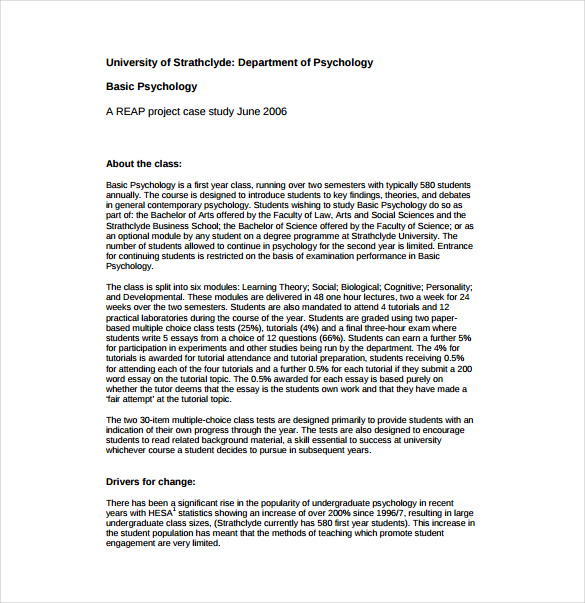 psy.gla.ac.uk
psy.gla.ac.ukIf you are looking for a sample study plan template that can be used to draft a case study on psychology, then use the basic psychology phase one case study example PDF free download.
Free Medical Treatment Injury Case Study in PDF Format
 acc.co.nz
acc.co.nzIf you use the treatment injury case study format template free download as a sample case study standard template that will be used to draft a case study, then you are making the right choice.
Free IPE Six Narrative Case Study Sample Template
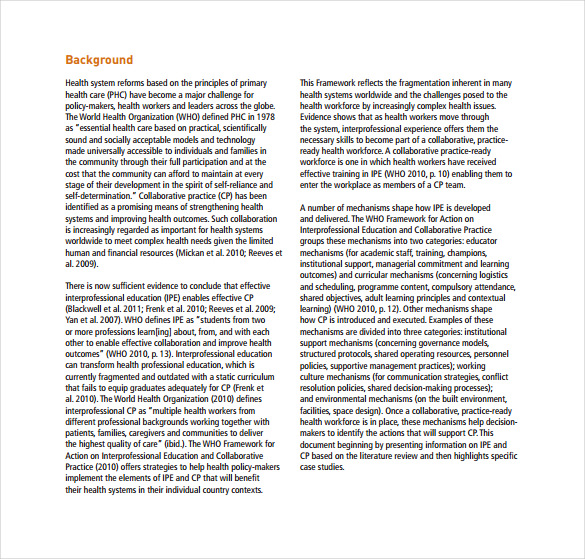 who.int
who.intIf you are looking for a comprehensively detailed and well-created sample case study template then you should use the IPE six case study formal template free download.
Free Education Case Study Based on Actual Patient
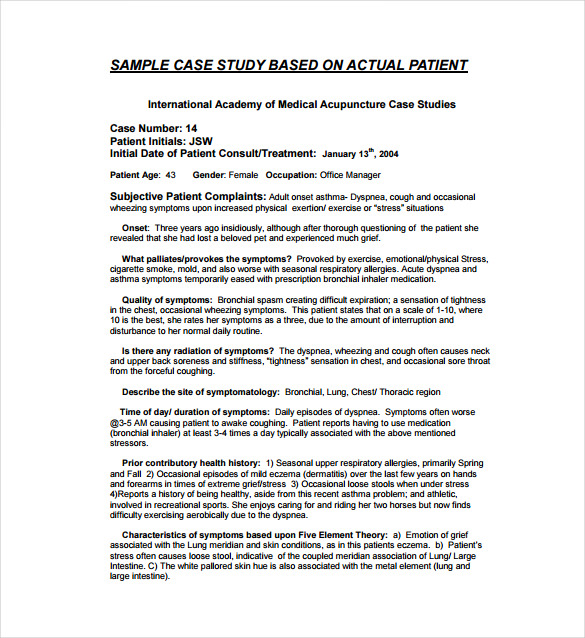 iama.edu
iama.eduThis particular case study template is useful in hospitals and clinics. It is utilized by doctors to prepare detailed illness-case studies of their patients. This particular quality template is available in PDF format and has a comprehensive magazine layout. This is a freely downloadable template.
Free Firebird Architecture Project Management Case Study
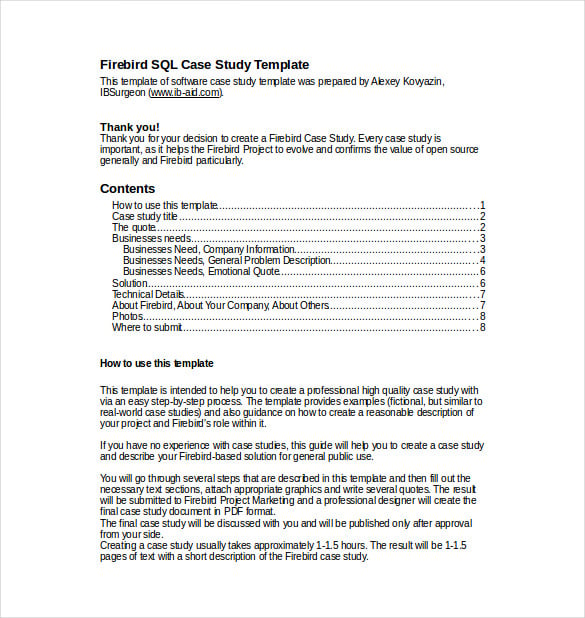 mindthebird.com
mindthebird.comOther people define a case study as a research strategy to study a phenomenon and its effects over time. Whether it is a research strategy or whatever you’d rather call it, you should use a case study template to conduct it. You may also like Case Report in Word Templates.
Facts about Case Studies
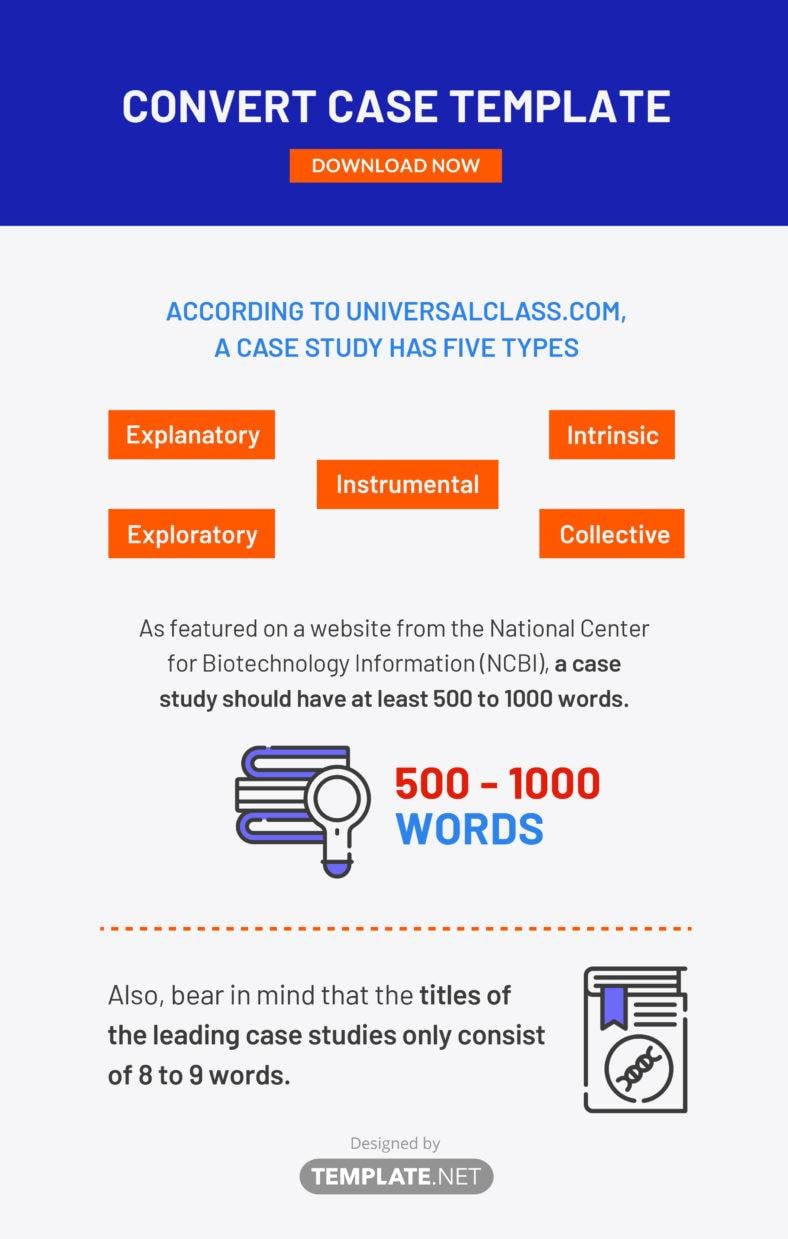
According to universalclass.com, a case study has five types. These are explanatory, exploratory, collective, intrinsic, and instrumental.
As featured on a responsive website from the National Center for Biotechnology Information (NCBI), a case study should have at least 500 to 1000 words.
Also, bear in mind that the titles of the leading case studies only consist of 8 to 9 words. You can also see more on Phone Case Templates.





